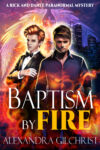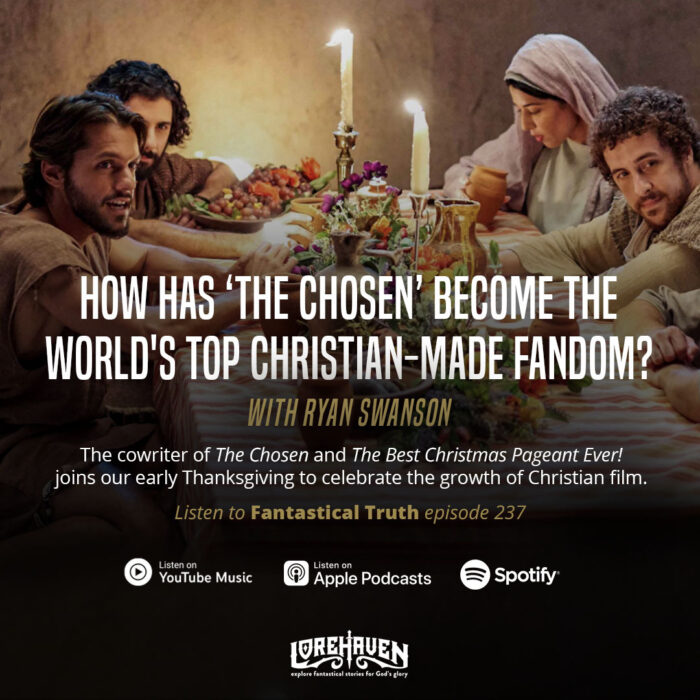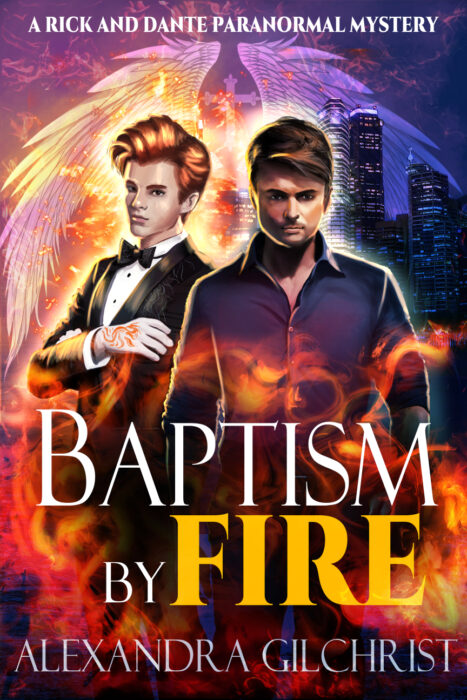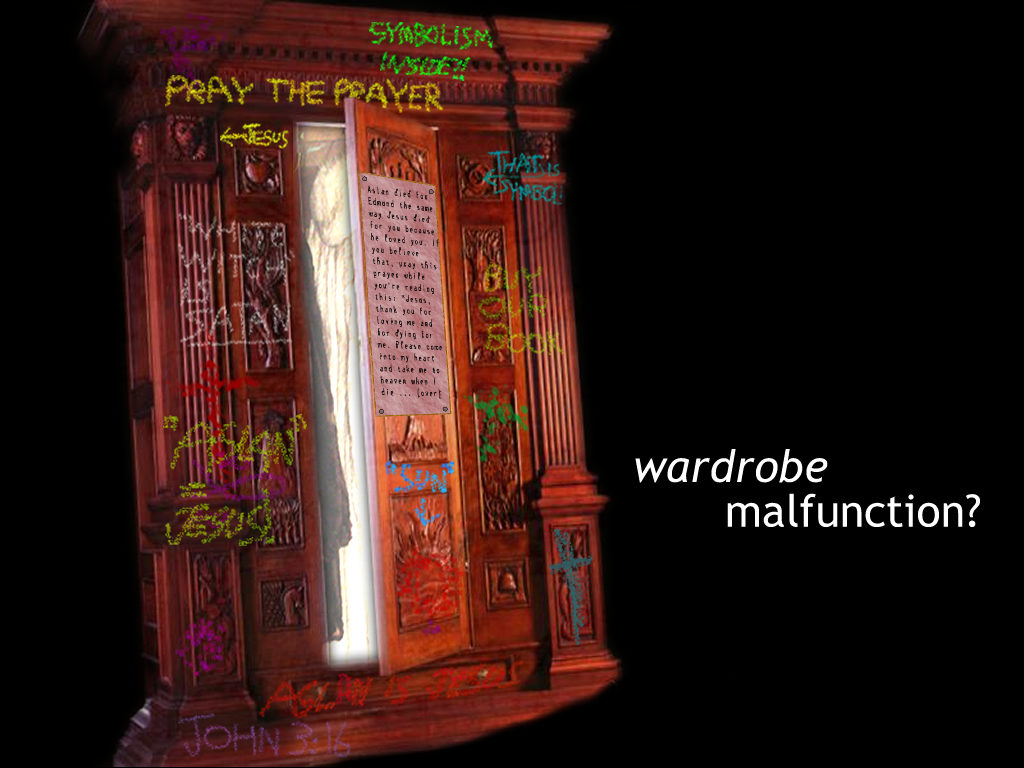Shallow Reasons To Support ‘Narnia’ 2
Since part 1, I’ve tried to come up with reasons why good Christians, such as this one, over-“spiritualize” The Chronicles of Narnia. That is, instead of humbly being “under” the story according to the story’s “rules,” they find shallow comparisons to figures like King David or the Apostle Peter, and insist that only these “allegories” make the stories “Christian.” Why?
- They expect or want all stories to be like Pilgrim’s Progress, the classic work by John Bunyan (who himself faced confusion in his day!).
- They take a wrongful pragmatic approach. Instead of Biblical pragmatism — “enjoy whatever glorifies God according to His Word” — they say, “do what works to reach souls.” So Narnia, being popular even among non-Christians, is “what works.”
- They haven’t trained their imaginations in varying ways. To them, merely dressing up a Biblical account with different names is highly creative.
- They truly take joy in Narnia, but somehow believe only “allegories” justify that love.
My intent is not to pick on these folks. They are my brothers and sisters in Christ. If Peter Hammond, writer of this article, were with me now, I would buy him a coffee and later say:
“Hey brother, I think you mean well, but your approach to ‘Narnia’ lessens worship of God. If you go after all those symbols first, in this way, you not only miss the truly deep symbols of the story, but you put yourself in a position over it. You would be salvaging the story for useful parts for your own ends — or more likely, the ends of others, for the Moral Education of Children — and not for personal worship of God.”
Silly symbol-casting
In parsing this next portion, I do not imply doubt that the LWW story, or even the film, are rich in symbols. Even a thing as simple as a tent for shelter may incidentally reflect God’s tabernacle. After all, God as Creator has arranged for a real world in which clothing, tents, dwellings and so on, may transcendently echo truths about shelter or His tabernacling.
But conceding this and being open to such incidental reflections is far different from saying, as this writer says, “this equals that,” with such certainty. Hammond does this in saying:
The first time that Aslan is seen is as he comes out of the pavilion (tent.) This symbolizes the Tabernacle of God’s presence.
How does he know for certain what this symbolizes, especially because the tent from which Aslan emerges is only in the film? (In the book, readers first “see” Aslan outside a tent.) But primarily, this shallow story approach skips past worshipful, childlike delight under a story in favor of supervisory, “grown-up” interpretation over it. That shows little respect for this story’s author, nor does it focus on worshiping to the ultimate Author.
“The Lion, The Witch and The Wardrobe” is rich in symbolism. […] The manor of Prof. Kirke is symbolic of the church. The neglected wardrobe in the attic symbolizes the Bible through which we discover God’s Will.
The professor’s house is first “symbolic” of — guess what — the professor’s house. In the story-world, it is a literal object. May it have symbolic meaning? Perhaps. Should we say “this is what it is”? No. It ignores the story’s prime intent in favor of a hypothetical symbol.
The eldest boy, Peter (later the High King) has a role similar to that of the apostle Peter. Susan and Lucy are much like Mary and Martha, the last at the cross, and the first at the tomb. Additionally, Lucy parallels John, the disciple “whom Jesus loved” one of the most dedicated of Christ’s followers. Edmund is analogist to Saul, the persecutor of the first Christians, who became the great missionary Paul. […] Susan obtains a horn to summon help, and a bow and arrows. These symbolise her ministry of prayer, including imprecatory prayer – summoning help and being used of the Lord to defend the righteous against the wicked. Lucy receives a vial with healing ointment to minister to the wounded.
This is what happens with attempts to force shallow allegories on this story:
- They ignore the author’s intent. (I do not recall Lewis ever claiming he meant such overt parallels. So at best, comparison-makers must use the word “might.”)
- They ignore this genre “rule”: In the story-world, these are primarily real people, not merely allegorical stand-ins for specific historical figures recorded in the Bible.
- Lastly — and I cannot say this enough — this approach flagrantly ignores the first goal of this story: to imagine yourself seeing this world through a character’s eyes from inside the world, not foremost as an Adult Analyst.
It should be noted that the characters of the children in the book don’t bicker and whine and hesitate to do their duty as the film version depicts them, in ways more appropriate for the 21stCentury brats than the 1940’s children of C.S. Lewis novel.
Arguably, the film did try to represent the children as more “realistic” in its writers’ views.
(In the words of the script itself, Susan makes a suggestion, which Peter rebuffs, after which Susan says, “I’m just trying to be realistic.” Peter rejoins, “No, you’re just trying to be smart! As usual!” Here, Susan symbolizes the film’s writers, and Peter symbolizes Narnia fans. 🙂 )
However, it is simply undiscerning to say the children never argue or hesitate. In the book, Peter and Edmund fight, Susan tries to stop them, and lastly, even innocent Lucy must be chided by Aslan for her selfishness. Implying that stories must show only well-behaved people isn’t helpful. Scripture implicitly rebuts this. And as Russell Moore notes:
“When we merely present [in our stories for children] ‘good role models’—happy youngsters in safe places making wise choices—our children will soon wonder whether we are telling the truth, or they will come to see themselves as freakishly fearful.” — from Christianity Today
It may be accidental reverse “chronological snobbery” (to borrow Lewis’s term) to suggest that “1940s children” were always better-behaved or less sinful than modern children.
In the “Chronicles,” creatures with an animal body and human head (like the Centaurs) symbolise reason over passion. These creatures serve Aslan.
Nothing in the story contradicts this. However, Aslan is also served by Talking Beasts, such as beavers, leopards, other lions, and dogs. Among the great Lion’s followers are also magic creatures such as fauns, satyrs, and tree- and well-spirits. Exploring why Lewis wanted to include “pagan” creatures, under the rule of their creator Aslan, reveals more of the story’s purpose. This also leads us to worship the God Who redeems we as pagan creatures.
After witnessing Aslan’s suffering and death, Susan and Lucy maintain a vigil over his body. As the night darkens, they note that all the stars get fainter “all except one very big one low down on the eastern horizon.” This refers to Christ as “the bright and morning star” Revelation 22:16.
It might. But it may also reference Venus. In mythology Venus is associated with the giving of life. We should say “this might refer …” instead of “this refers.”
Only ‘for children’?
The most revealing, foundational belief of shallow story approaches may be here:
Dr. Ted Baehr describes “The Lion” as “The Passion of the Christ” for children.
Why only “for children”? What else can this be except plain “grown-up” arrogance?
Fairy tales and fantasy are timeless. They often reflect truths better than nonfiction and even other fiction. Jesus told stories not “for children” but for all who “had ears to hear.” Lewis also was not only writing for children. And if grown-ups have decided that LWW is only “for children,” and so grown-ups may ignore it, they should consider this:
When I was ten, I read fairy tales in secret. Now that I am fifty I read them openly. When I became a man I put away childish things [1 Cor. 13:11], including the fear of childishness and the desire to be very grown up.
— from “On Three Ways of Writing for Children”
How to apply this Biblically inspired truth? You may know and may say so below. Here is how I would apply it, and what I would say to well-meaning but shallow Narnia defenders:
- Don’t miss childlike wonder and coming “under” a story like Narnia, or any other story, in your attempts to be “very grown-up” and only Instruct the Children.
- Don’t make absolute claims that “this equals that,” ignoring the story’s “rules” and the need to be humble about what its literal objects might mean on a deeper level.
- Don’t approach a story with a spirit of “what can I use for my goals,” any more than you would do this for the Bible. Instead, approach a story with a spirit of worship for the ultimate Author. Practice delight and discernment in a human author’s skills.
- Don’t only look out for clear Christian references. Focus on creative beauties that urge delight in the ultimate Beauty, God Himself, in personal, emotional worship.










































As a wannabe reviewer, being able to identify incidental reflections that may highlight interesting aspects of the work — while not wrongfully asserting “this equals that” — is the objective that I’m striving to learn. I know that in the past I’ve wrongfully been too assertive of meanings that may have only been “incidental reflections.”
I think it’s good to keep in mind that incidental reflections are not necessarily irrelevant, but it’s so easy to take them too far!
I agree – and it does not help children if we imply that ‘old-fashioned’ is somehow ‘better’ or ‘more Christian’ – that’s really going to encourage them to become Christians, isn’t it? (Not to say that there weren’t some things that really were more moral in the past. But there were also things that were more immoral)
Interestingly, though, C.S. Lewis does this himself when he says in The Magician’s Nephew that boys had ‘do not steal’ hammered into their heads more at that time than modern (i.e. 1950s) children.
I’d agree that morality was taught more in the past than they were today, and that this is almost always true. What hasn’t changed, though, is human nature. This writer seems to think that children in the past quite naturally behaved more recently, and with next-to-no “bickering,” than children today.
Narnia fans have criticized some about the children’s in-film interactions, though. Peter’s regression in Prince Caspian brings the most criticism. However, I think the main objection there is not that he’s being impolite, or brash, or any of that, but that the “Narnian air,” the sense of responsibility and joy that Peter should have had even on this side of the Wardrobe, was completely gone.
Good point (about being taught and human nature).
And it’s not as if C.S. Lewis’s children are bicker-free anyway. E.g. in Prince Caspian: “It’s extraordinary that girls don’t seem to be able to carry a map in their heads,” “That’s because our heads have something in them.” or in The Voyage of the Dawn Treader: “That’s the worst of boys – they’re all such swaggering, bulling idiots.”
It’s an attitude akin to “political correctness,” in which we feel the need to sanctify everything we enjoy according to some arbitrary standard determined by those whose opinions we care about. “Yes, I eat meat, but it’s raised humanely on family farms, so I’m still a good person.” “Yes, I read (or write) fantasy stories, but they have a clear salvation message, so I’m still a real Christian.” Unlike those other people.
I see this happening a lot with popular culture, when something emerges that many people are enjoying. Everybody has a lot of fun for a couple of weeks, then the two sets of books inevitably come out: one filled with hand-wringing about how this thing is evil and must be shunned by Christians, the other revealing how this thing is the best illustration of the Gospel since the Gospel, so it’s okay for Christians to like it.
Agreed, and it’s important to remember that the reader can bring as much or more to the story as the author. Where the author sees a random sprinkling of stars, we may connect those tiny dots into pictures and infer the Creator’s design encompassing it all. It enriches the story for us, intentionally or not, and that’s a good thing.
Believing we can get into the author’s head and know what he meant to do, without direct evidence, is presumptuous at best, and misleading at worst, especially when we’re trying to justify our affection (or distaste) for this or that author or story in our own eyes or the eyes of our peers.
Ah, I had not even thought of that, Fred. Perhaps we/I should explore that further.
I’m unsure why this surprises me, yet I’m forced to conclude it’s true: this is an attitude of self-righteousness. Already I’d been forced to say such an approach is “not humble” or is even “arrogant.” Self-righteousness sneaks into us — or really, out of our sinful hearts! — in very creative ways!